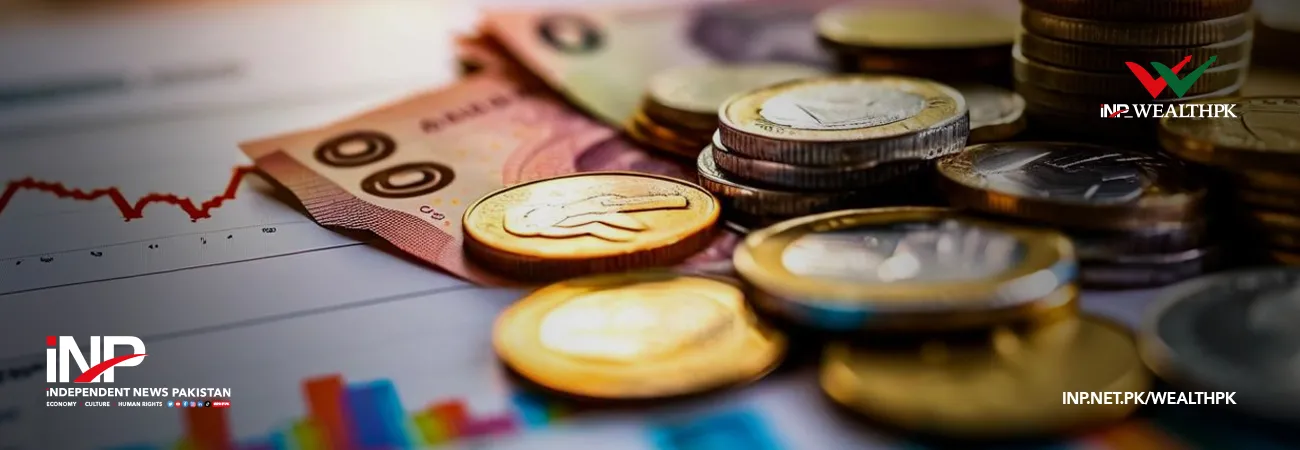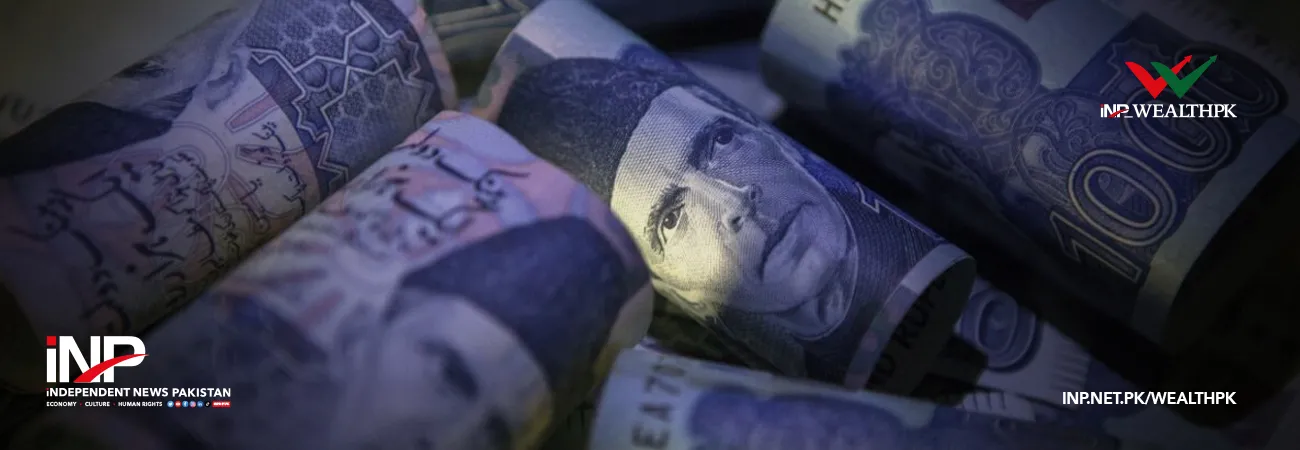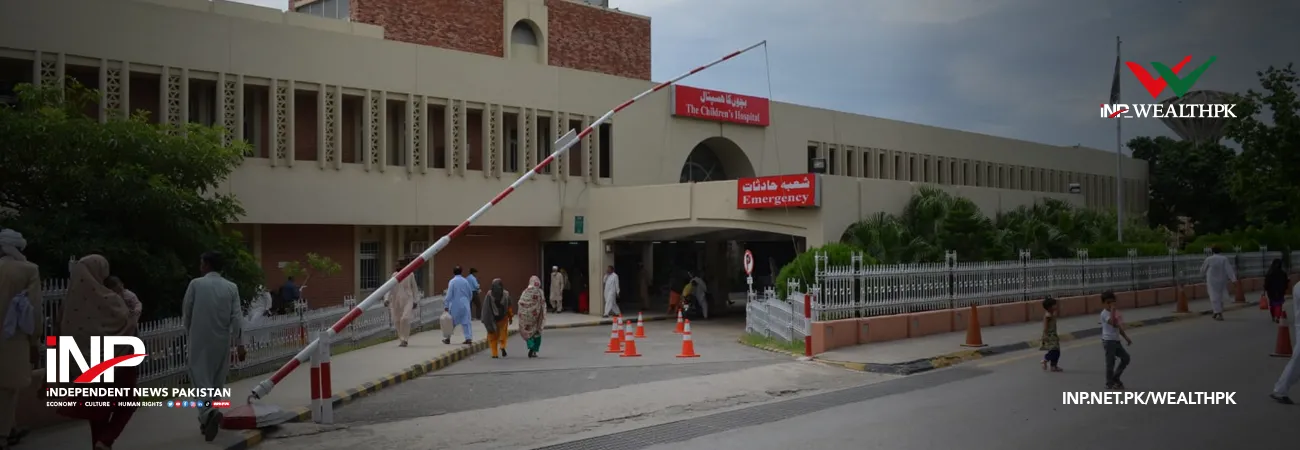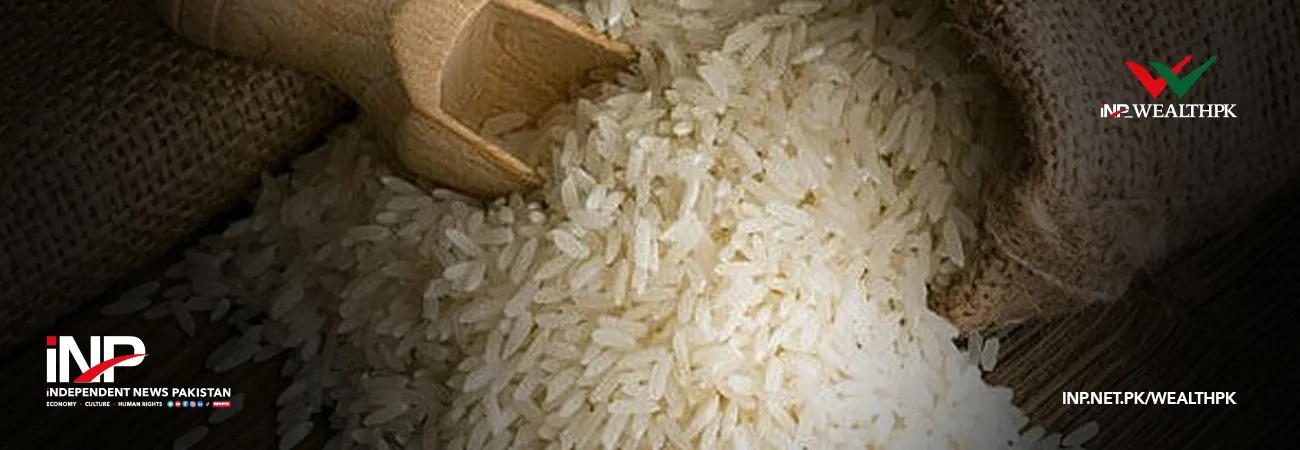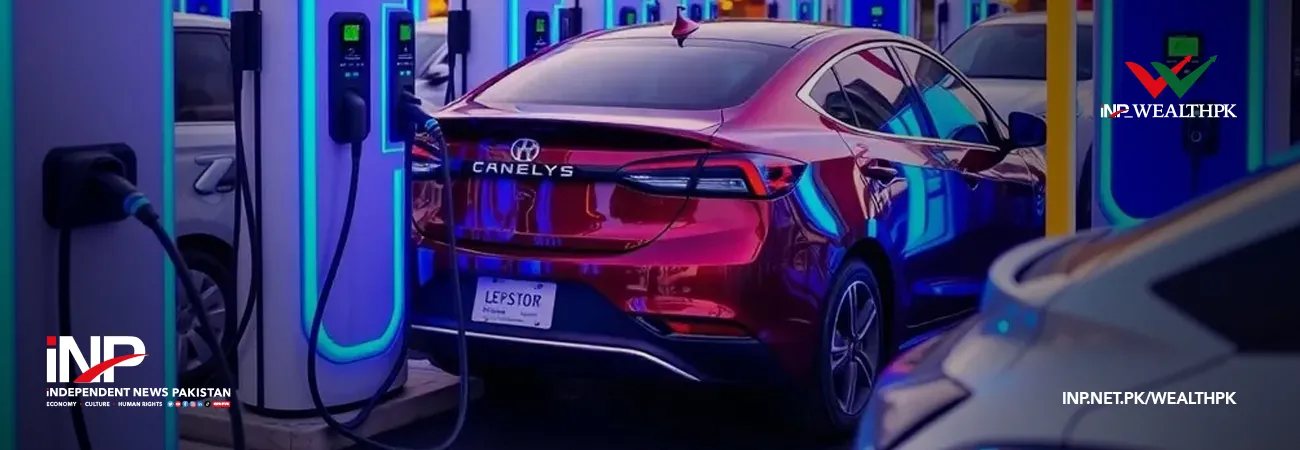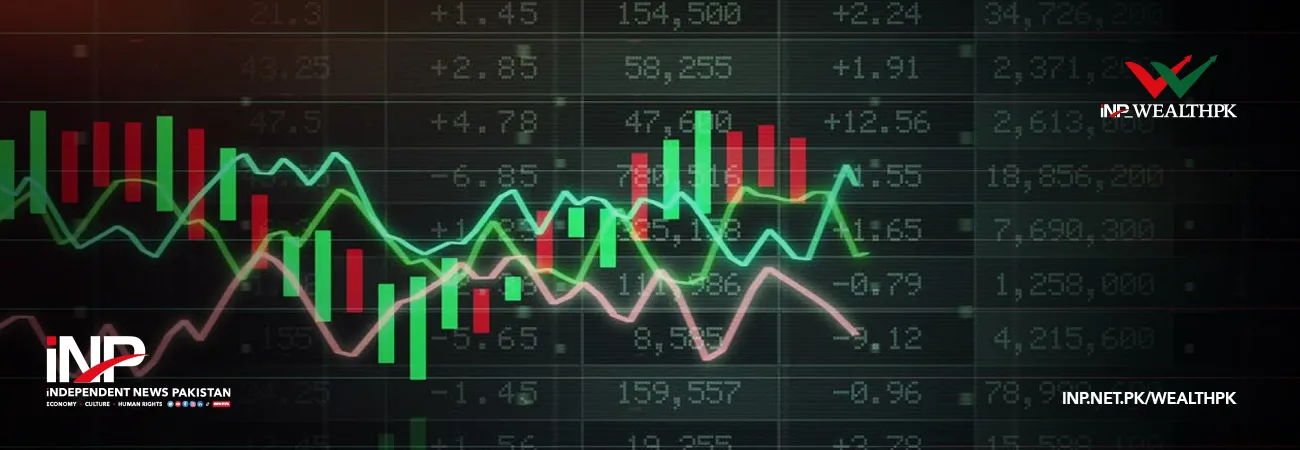INP-WealthPk
By Ayesha Saba
ISLAMABAD, June 06 (INP-WealthPK): Hike in power tariffs by the power distribution companies (DISCOs) has led to a growing demand for net-metering and distributed generation via solar photovoltaic technology, reports WealthPK.
During the Fiscal Year 2020-21, National Electric Power Regulatory Authority (NEPRA) granted 8,417 net metering licenses, with a total installed capacity of 146MW, in order to encourage the consumers to contribute to power generation.
Introducing net metering in 2015, NEPRA issued its regulations for net metering, allowing the distribution companies to purchase excess units of electricity produced by the consumers through wind and solar power (1 kW up to1 MWp), and net them off against the units consumed from the grid.
The DISCO-wise details of the net metering licenses issued are shown in the following table.
[caption id="attachment_67958" align="aligncenter" width="696"] Source: NEPRA SOI report 2021[/caption]
The net-metering concept is being used widely in various countries to exploit green energy resources in order to overcome global warming challenges and ensure provision of sustainable and clean energy to consumers.
The net metering policy functions by installing a bi-directional meter that can spin in both directions. It spins forward when power is drawn from the grid by customers (i.e., consuming more energy than they are generating), and backward when energy is being sent back to the grid (i.e., using less energy than they are generating).
Pleading anonymity, an official of Islamabad Electric Supply Company (IESCO) told WealthPK, “Net metering is a low-cost source of electricity, and the world is rapidly moving towards alternative energy sources. It is a huge development, which can not only counter the energy shortage, but also help reduce bills by selling the extra electricity to the grid. The customer is only billed for the net electricity used. It will also control technical and commercial losses (power losses either due to theft or technical reasons).’’
“NEPRA and DISCOs are also promoting net-metering awareness among the consumers through the websites and electricity bills,” he added.
The official said IESCO region was ideal for solar-powered electricity generation and that net metering was a great option for obtaining inexpensive and clean electricity throughout the year.
According to details, IESCO has so far received a total of 3,944 applications for net metering connections and forwarded 3,899 applications to NEPRA after necessary workings like site checking. The NEPRA issued generation licenses to 3,857 applicants.
“More than 90% of the equipment used in net metering installations in Pakistan is imported from other countries (predominantly China) with the system integration and installation services provided by several small and mid-sized companies known locally as installers, solar companies, or solar system providers. These companies offer a full suite of Engineering, Procurement and Construction (EPC) services and post-installation operation and maintenance (O&M) support”.
The official shared concerns and identified some of them as lack of awareness in the authorities about the implementation process, lack of appropriate technical staff training for net-metering system installation, procedural barriers, lack of awareness among consumers, high investment cost, inconsistent regulations among different states, and lack of coordination between government policies and state regulators”.
“Our policymakers are better advised to take a sensible, long-term view of the situation and articulate measures to minimize the risks identified”, he suggested.
Source: NEPRA SOI report 2021[/caption]
The net-metering concept is being used widely in various countries to exploit green energy resources in order to overcome global warming challenges and ensure provision of sustainable and clean energy to consumers.
The net metering policy functions by installing a bi-directional meter that can spin in both directions. It spins forward when power is drawn from the grid by customers (i.e., consuming more energy than they are generating), and backward when energy is being sent back to the grid (i.e., using less energy than they are generating).
Pleading anonymity, an official of Islamabad Electric Supply Company (IESCO) told WealthPK, “Net metering is a low-cost source of electricity, and the world is rapidly moving towards alternative energy sources. It is a huge development, which can not only counter the energy shortage, but also help reduce bills by selling the extra electricity to the grid. The customer is only billed for the net electricity used. It will also control technical and commercial losses (power losses either due to theft or technical reasons).’’
“NEPRA and DISCOs are also promoting net-metering awareness among the consumers through the websites and electricity bills,” he added.
The official said IESCO region was ideal for solar-powered electricity generation and that net metering was a great option for obtaining inexpensive and clean electricity throughout the year.
According to details, IESCO has so far received a total of 3,944 applications for net metering connections and forwarded 3,899 applications to NEPRA after necessary workings like site checking. The NEPRA issued generation licenses to 3,857 applicants.
“More than 90% of the equipment used in net metering installations in Pakistan is imported from other countries (predominantly China) with the system integration and installation services provided by several small and mid-sized companies known locally as installers, solar companies, or solar system providers. These companies offer a full suite of Engineering, Procurement and Construction (EPC) services and post-installation operation and maintenance (O&M) support”.
The official shared concerns and identified some of them as lack of awareness in the authorities about the implementation process, lack of appropriate technical staff training for net-metering system installation, procedural barriers, lack of awareness among consumers, high investment cost, inconsistent regulations among different states, and lack of coordination between government policies and state regulators”.
“Our policymakers are better advised to take a sensible, long-term view of the situation and articulate measures to minimize the risks identified”, he suggested.




